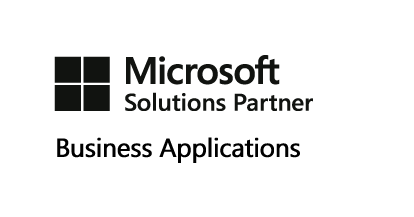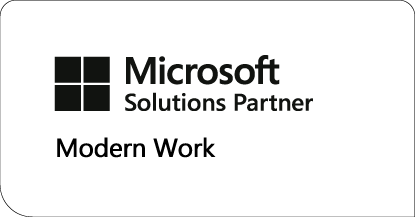Licensing
Dynamics 365 Business Central
Simplifying pricing
There are lots to discuss around licensing Dynamics 365 Business Central, but let’s keep this brief and outline the key points. There are two main Dynamics 365 Business Central license models, and both are transacted through a partner, such as Tecman.

You pay for your Dynamics 365 Business Central licenses on a named user per month basis, either subscribing to a Full User, a Device CAL (to connect a device, such as a handheld scanner) or a Team Member.
Your monthly subscription is delivered via a NCE (New Commerce Experience) license. You can choose to use this license (deploy your system) in the cloud, with Microsoft’s SaaS (Software-as-a-Service) model, or you could choose to deploy in PaaS (Platform-as-a-Service). For further information on deployment options, please click here.
The user subscription license includes the Microsoft Enhancement Plan, which allows access to the latest versions of the software and patches/updates.
With a NCE subscription license, you do not have to pay extra for ‘Objects’ such as Tables, Codeunits, Reports, etc. are used to extend or tailor the solution to your needs.
The final thing to note is that you no longer have any right or capability to use the system when you stop paying your NCE subscription licenses for Dynamics 365 Business Central. You are ‘renting’ the use of the system.
Dynamics 365 Business Central Essentials
£53.80
per named user, per month
Dynamics 365 Business Central Premium
£76.90
per named user, per month
Dynamics 365 Business Central Team Members
£6.20
per named user, per month
Device CAL
£32.90
per device, per month
UK Pricing correct as of 1st February 2025 based on a 12 month subscription.
Quick note: Your Dynamics 365 Business Central solution has an 80GB storage included as standard (across your live and sandbox instances) in a SaaS environment. There are cost implications for more than one live instance and one sandbox in your environment, which can be discussed further with you.
The cost of the NCE subscription licenses are still the same if you decide to deploy in PaaS, but of course, you pay for the cost of your PaaS environment additionally.
Once purchased, a perpetual licence is yours forever, regardless of whether Microsoft ceases support or you choose not to renew your enhancement plan. You pay for your Dynamics 365 Business Central licenses based on an initial upfront purchase price and then pay an annual enhancement plan every year too (first-year mandatory then onwards is optional).
The Dynamics 365 Business Central perpetual license is a 'named user' model, and again are split into Full Users, Device CALs and Team Members.
You can choose to deploy your system on-premises or in a 'PaaS' environment.
With a perpetual license, you have to pay for Objects in addition to your named users, and it follows the same principle of an initial upfront purchase price as an annual enhancement plan every year.
If you were to stop paying your annual Microsoft enhancement plan, you could continue to use your perpetual license - you don't get turned off by Microsoft. However, there are longer-term implications to this, i.e., no access to new versions of the software, hotfixes to address bugs, or access to software patches for your version, such as Making Tax Digital functionality.


Many organisations have a large percentage of users who might consume data or reports from line-of-business systems - or perform simple tasks like entering timesheets or updating HR records - but don't require full user capabilities. The Dynamics 365 Team Members license is meant for these users.
The Dynamics 365 Team Members license is a named user subscription designed for users whose jobs aren't necessarily tied to a function but still need to use the basic functionality of a line-of business system. This license gives users lightweight access through designated scenarios built into the Team Member experience.
Microsoft offers a choice, which means that ultimately the decision belongs to you as the customer. We talk about an op-ex versus a cap-ex model, and what that means to your business and cash flow from a project perspective.
Businesses also evaluate at what point does subscription cost more and perpetual become cost-effective (this depends on how many users you have, but a lot of organisations see this point occur sometime between years 3 and 5, maybe sooner).
BUT, you have to understand that a subscription license and a deployment of SaaS removes other associated costs, such as platform fees, your people costs to manage it, a portion of upgrade costs and the ability to remain up to date more efficiently than deploying in an environment under your control. So, the bigger picture is, the cut-off point isn’t really between years 3 and 5 is it?
We work with you to guide you down the path that is right for your business, but typically, these days, Dynamics 365 Business Central NCE subscription licenses are the most common license model that businesses are adopting.

Still have a few questions relating to licensing Dynamics 365 Business Central?
If you want more information about licensing or want to know what deployment option is best suited for you, get in touch. Alternatively, why not check out Dynamics 365 in action in one of our demonstrations?








